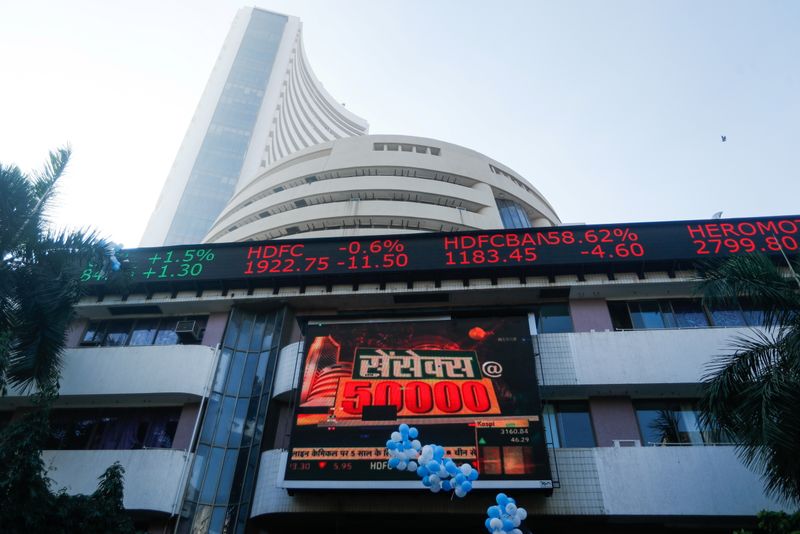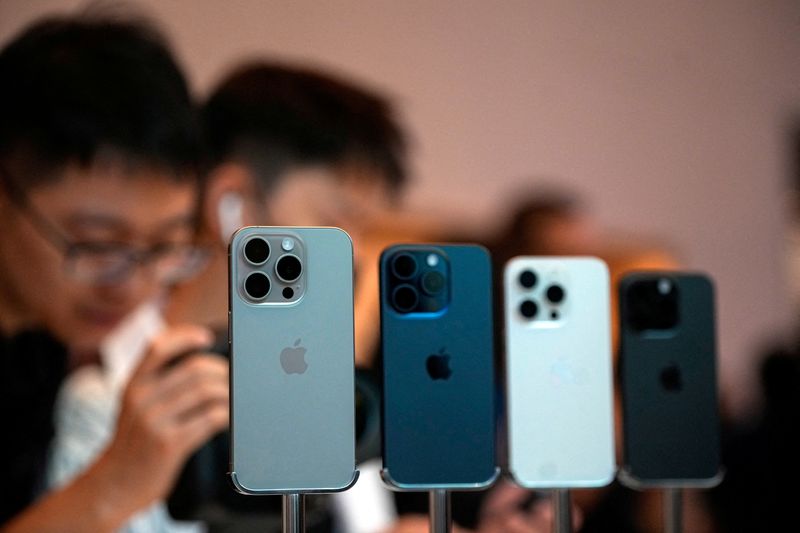Baby boomers and ‘Ozempic face’ drive injectables craze
Unlock the Editor’s Digest for free
Roula Khalaf, Editor of the FT, selects her favourite stories in this weekly newsletter.
Baby boomers and users of weight loss drugs suffering from “facial sagging” are flocking to injectable aesthetic treatments and boosting sales, according to dermatology group Galderma.
The Swiss company, which was spun out from Nestlé in 2019 and went public last year, has seen its share price soar as the popularity of products designed to smooth wrinkles and improve facial features gathers pace.
“I think there’s been a dramatic shift in what older looks like,” chief executive Flemming Ørnskov said in an interview with the Financial Times, nodding to the fact that more people are living healthily for longer.
The company had seen a “significant uptick” in consumers aged 60-plus opting for aesthetic treatments. “People are living another 10 to 15 years and they want to look what they feel like, not what they may physically look like if they hadn’t taken care of themselves,” Ørnskov added.
Galderma is the world’s second largest player in the $9bn market for neuromodulator injections and fillers after US firm AbbVie. The former are toxins that relax muscles in the face to reduce wrinkles, and the latter, gel-like injections used to make skin look plumper.

Weight loss drugs such as Ozempic are also a significant driver of sales, Ørnskov said, with many dermatologists reporting that patients are seeking out treatment for so-called “Ozempic face” in regions where there is a higher penetration of drugs using GLP-1s such as the Middle East and North America.
“If they lose eight to 10 kilos or more, they start showing facial sagging,” said Ørnskov. “There, people will need to use a filler.”
Galderma’s most popular filler for weight loss drug users is a product called Sculptra, which was initially developed for HIV patients who experienced rapid weight loss, he added.
At its initial public offering in March last year, Galderma raised approximately SFr2.3bn ($2.7bn) at a price of SFr53 a share. Shares in the company have more than doubled to SFr108.50 a share.
Galderma’s net sales grew 9.2 per cent to $3.2bn in the nine months to September 2024, driven by its two largest divisions, dermatological skincare — which includes everyday skincare brands like Cetaphil — and aesthetic injectables. Its third prescription treatment division, has lagged behind, with sales growing 2.9 per cent in the period.
US sales, which make up 40 per cent of the group total, grew 2.5 per cent in the first three quarters, compared to 14.5 per cent in the rest of the world as a result of subdued consumer demand in the market.

The company is hoping to boost US sales with the launch of its new product, Nemluvio, which treats atopic dermatitis, and recently received approval from the US Food and Drug Administration. Approximately 7 per cent of people in the US suffer from eczema, the company said.
Despite the US slowdown, Galderma said it was starting to close the gap with its key competitor in the injectables category, AbbVie, which invented the famous Botox brand and holds the leading market position in the category.
According to Jefferies analysts, AbbVie’s Botox and Galderma’s Dysport are the leading neuromodulators with Dysport used in 80 per cent of US doctors’ practices compared to Botox’s 20 per cent.
Galderma says Sculptra is now the second largest filler brand in the US. It has just launched a new filler specifically designed for people who want to look like they have better bone structure, for example men who want the appearance of a stronger jaw.
The Swiss group was formed in 2019 when Nestlé sold its skin health division to an investor consortium led by private equity firm EQT for $10bn, after the food giant concluded that it did not fit alongside its chiefly nutrition-focused portfolio.
Nestlé previously ran the skincare unit as a joint venture with L’Oréal but took full control in 2014, in exchange for €2.6bn of its shares in the French cosmetics group.
In August L’Oréal reacquired a 10 per cent stake in the company. Analysts said the move indicated a renewed interest in the aesthetics injectables category, which has far outperformed other consumer categories.
Source link





